Five new transportation related historic landmarks in the UK
Historic England has released its list of particularly interesting new landmarks designated in 2018.
Here are five particularly interesting transportation-related urban design/placemaking items.
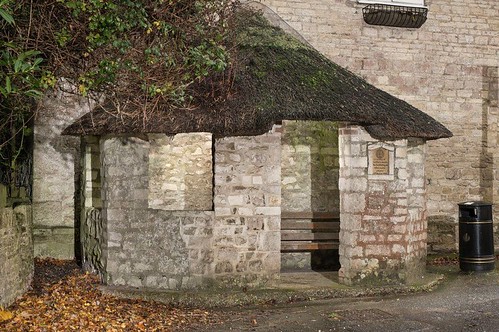
Memorial Bus Shelter. The thatched bus shelter in Osmington, West Dorset, was built by a couple in memory of their son who died in World War Two. (Here and there in the US you can find remnant examples of stone streetcar and bus shelters, including in Baltimore.)
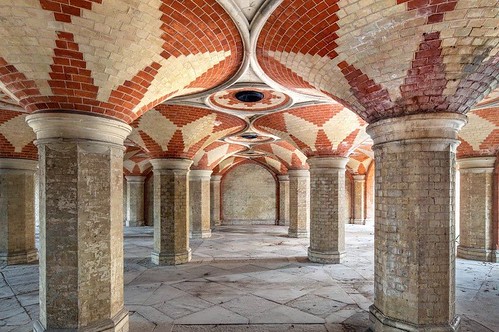
The pedestrian subway, vestibule and stairs beneath Crystal Palace Parade in south London. I learned that in England, "subways" are subterranean walkways. This one demonstrates that they can be attractively designed, although this example is threatened and isn't in regular use, according to the Friends of the Crystal Palace Subway. I used the South Kensington Subway to get to the Victoria Albert Museum (it would have been faster to walk on the surface, but it was beautiful also.)
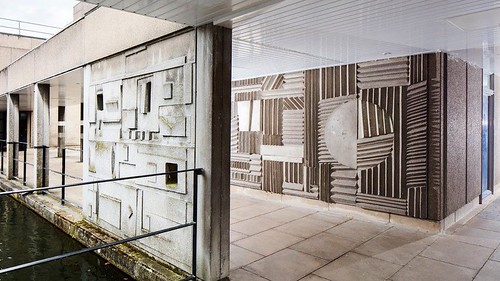
Historic England photograph, York University Campus in Heslington, York with sculptural relief concrete panels along pedestrian walkways were put in place in 1965. This is an element of the now designated landscape of the University of York Campus West.
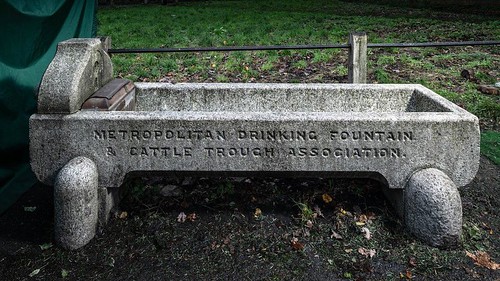
Spaniards Road horse trough, Hampstead. Historic England photograph.
We don't always think about the infrastructure required to support horse-based transportation, although feeding and disposing of waste come to mind. In DC, there are still examples of carriage stabling, hay lofts and block and tackles for hoisting hay, and a couple examples of steps for people to alight from carriages and hitching posts. How about water?
In the UK, the Metropolitan Drinking Fountain and Cattle Trough Association maintained more than 1,000 troughs, with 500+ in London. Most are gone. "The trough in Spaniards Road is believed to have been erected in 1916, making it a particularly late example of its type. Although the pump and spout mechanism are missing, the cattle trough serves as a reminder of a time in the early 20th Century when horse-drawn transport was still commonplace, despite the increasing use of cars."
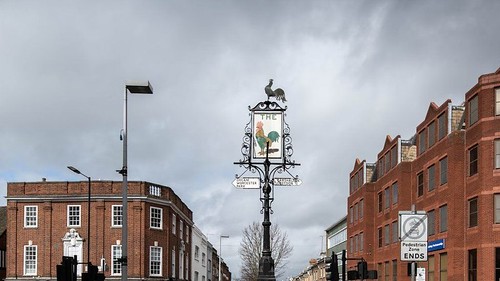
The sign for the no longer exant pub The Cock on Sutton High Street has been adapted as a wayfinding sign and marker for the community. It started as gas light, was converted to electricity, and is now a non-lighted sign pointing out direcdtions.
=====
Another entry in 2018 was for the headquarters building of the Raleigh Bicycle Company, marking 200 years of history of cycling in Britain.



0 Comments:
Post a Comment
<< Home